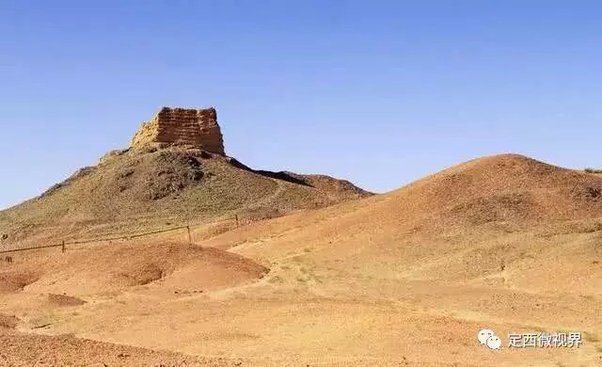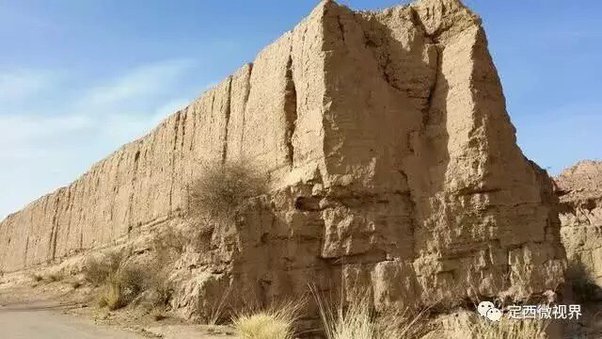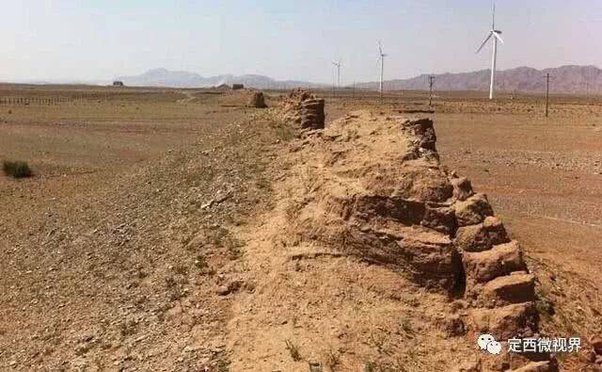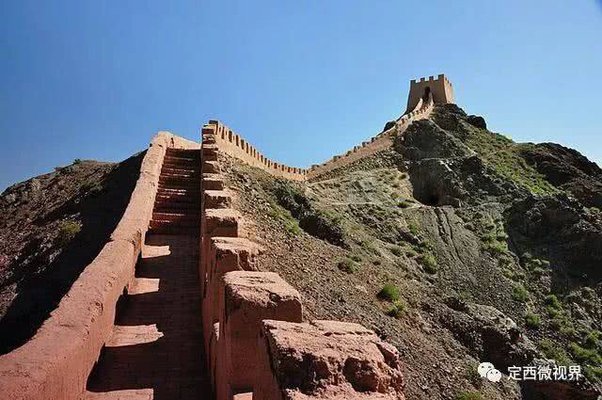It did.
Here’s what one of those weathered sections looks like today:
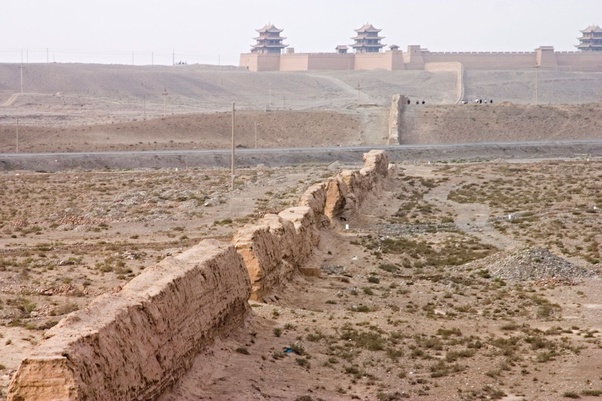
Have you perchance ever heard of a dude called Genghis Khan? Founded an Empire that eventually conquered all of China? Ever wondered how his horsemen got through the Great Wall (technically the territory the wall was on wasn’t under the control of the main Chinese Dynasty when he did it, but he conquered the other Empire that DID control that territory at the time)? And why there is no historical account of how he did it? Of the great seige or battle that breached the mighty wall?
It’s because by that time large sections of the wall had weathered so much it had basically fallen down, with open sections multiple km’s long, and Genghis’s army just rode through the gaps, barely noticing the ancient ruins of a bygone age as they passed.
THIS wall, the one the tourists visit today:

Was rebuilt (at enormous expense that almost bankrupted the nation at the time) in the Ming Dynasty, in the late 1400’s.
And a few centuries later, when Macartney visited the Qing Dynasty, it was already starting to fall apart again, and was subsequently restored again afterwards.
The parts of the wall that look intact and pristine today look that way because Chinese governments over the years have repeatedly repaired and restored it. First as part of their military defense budget. Later as a tourist attraction and national heritage site.
The Great Wall that most tourists visited look like these:
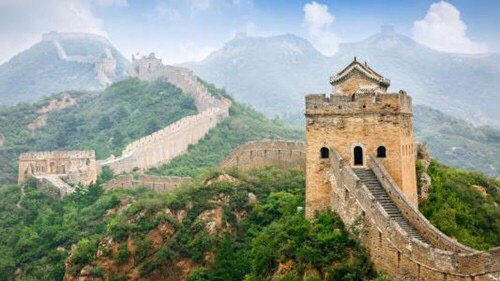
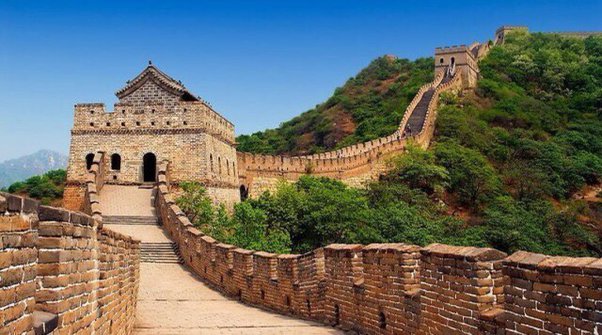
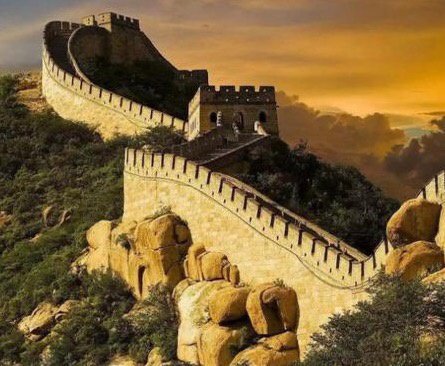
These are the portions built during the Ming and Qing Dynasties from the 16th century CE onwards.
The Great Wall is not a continuously linked structure as China’s northern border changed several times in history due to the change in dynasties and the territory controlled by these different dynasties.
The effects of weathering is more obvious at the portions built further back in time.
These are the remains of the Song Dynasty’s Great Wall:
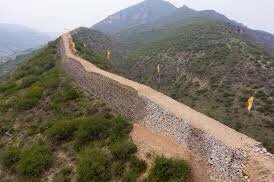
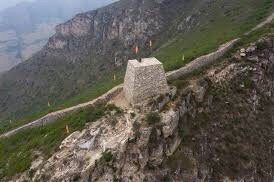
These are the remains of the Qin Dynasty’s Great Wall built more than 2000 years ago
